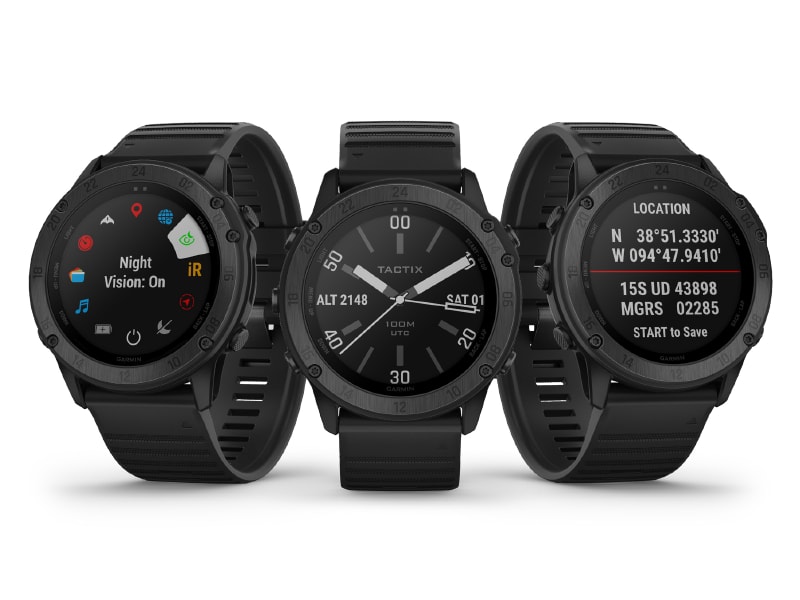
The Garmin Instinct series has enjoyed enormous popularity since its launch over 6 years ago. The rugged-looking watches have always aimed to deliver some of the longest battery life in the wearable GPS world while still maintaining much of the Garmin outdoor features and functionality. The company has largely balanced on that fence by using monochrome MIP-based displays and components that barely sip power, even adding in solar power for a bit more juice. The pricing of these models has always been affordable and usually undercut their competitors (the Instinct 2 is currently selling for ~$200 USD). \But the Instinct 3, and Garmin’s competitors, are turning parts of the Instinct story on its head. Garmin has split the lineup to now offer both a stunning (but power-hungry) AMOLED version as well as the traditional MIP-based SOLAR display with certain modes enabling unlimited GPS battery life. The pricing reaches $499 for the AMOLED edition, despite lacking offline mapping or Garmin’s more recent optical heart rate sensors. Meanwhile, Garmin’s legacy (Polar/Suunto/COROS), big tech (Apple/Samsung), and newfound competitors (AmazFit/etc.) are now offering full-color mapping watches from the $200’s. It’s a tricky time to be an Instinct 3.Nonetheless, both myself and my wife have been putting the Instinct 3 through its paces over the last while. From 60-kilometer 12-hour mountain treks to four-hour rides, to oceanwater swims, trail runs, and more. Even stand-up paddleboarding (someone had to test it). Both the AMOLED & SOLAR editions are often compared side-by-side with Garmin’s higher-end Fenix lineup. I’ve got more than enough data to dive into what exceeded expectations and works well, and what’s been a disappointment.Finally, note tha
Leave a Reply